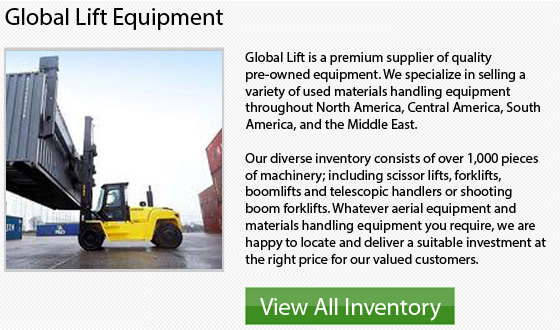
Forklifts are designed to lift and carry cargo on forks which are located in the front of the carrier. The forks point away from the equipment's cab. Sometimes, the cargo could obstruct the operator's field of vision. For this case, lift trucks have rear control steering to enable the model to be driven backwards while lifting a load.
The burden of the machines load is extensively on the front wheels. The 2 forks stick out from the forklifts front. These forks can be raised and lowered. Moreover, the forks can be tilted upwards or downwards as per the requirement.
The lift trucks movements are the result of hydraulic cylinders that apply pressure on the bar which pulls or slackens the roller chains. When a lift truck is loaded, the front wheels take on all of the weight. The counterweight on board balances the weight of the forklift itself. This is very important or else the machinery would tip over.
Why use Propane for Lift trucks?
The onboard propane tanks are utilized to hold the propane fuel. These tanks can have enough propane to operate the equipment for roughly 8 continuous hours. If empty, these tanks could be removed easily and taken to a facility to be refilled or replaced.
In the case of CNG-powered forklifts, it is important to consider and note that replenishing CNG consumes more time. LPG or Liquid Propane Gas will run at lower temperatures compared to CNG. In case of electric-powered lift trucks, it is necessary to enable the batteries time to cool down and then to recharge. This procedure can take roughly 8 to 9 hours. Once charged, the batteries last about 3 to 6 hours, depending on the heaviness of the cargo being handled and how the machine is utilized. For instance, a 33 pound steel tank could hold roughly 8 gallons of propane; this amount of fuel should be sufficient to complete a task and potentially a lot more.
To run on different units, there are numerous different forklifts and fuel sources. It is essential to know the right kind of working environment the equipment would be utilized for. This includes things like whether the equipment will be used for specific outdoor or indoor applications. Once you take time to know the specifics of your particular needs, you could pick a forklift which would provide you with maximum efficiency and fulfill its duties.